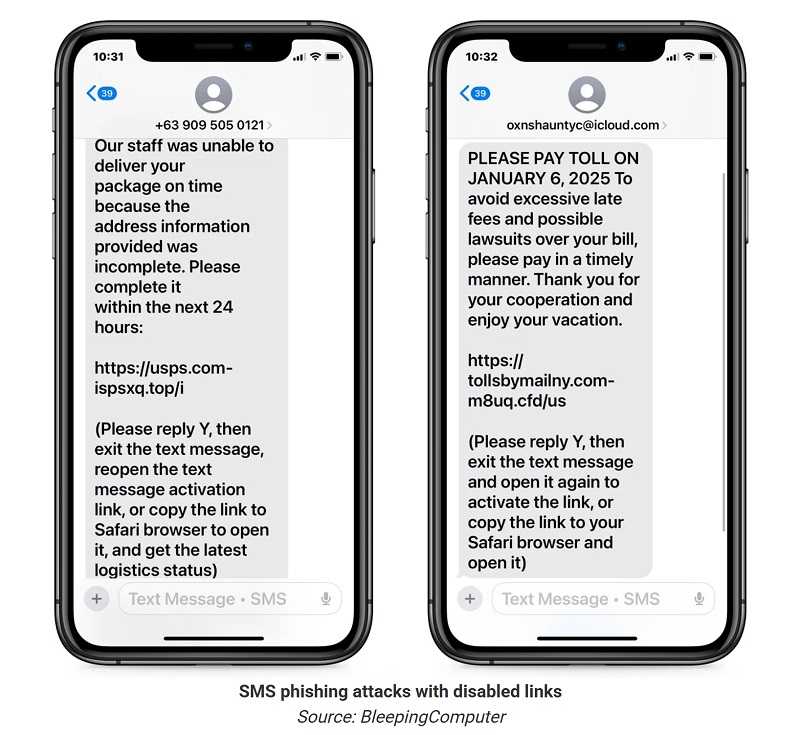iMessage Gets Phished…Don’t Bite!
March 17, 2025
For all iPhone users, there’s an iMessage phishing campaign getting a lot of attention—and not in a good way. If you’re counting on Apple’s phishing protection to disarm malicious texts, know that those devious hackers have found a way to disable it. If you have an iPhone, the message below will make you a bit smarter and safer.
Apple’s iMessage phishing protection is no doubt a helpful security tool, but only when it works. Typically, when an SMS phishing text (aka “smishing”) arrives on your iPhone, links are greyed-out and not able to be clicked. It’s a sign to users that the text and link are malicious—and we know how malicious links can be.
“Yes” or “No”
There’s no doubt many texts we see ask for a “Yes” or “No” reply to continue getting more information or have it stop. With this hack, texts also ask for a “Y” or “N” response, but little do we know, responding can disable iPhone’s iMessage phishing protection. That means unsuspecting victims are right where a hacker wants them—following a malicious link.

Clicking on a malicious link can lead you to a spoofed website that steals your PII. Malicious links can also install malware on a device and download software like spyware and ransomware. This iMessage hack disarms those who expect iPhone’s phishing protection to catch the phish. Not seeing the link greyed-out gives users a false sense of security and they’re much more likely to trust it.
Phishing Text Security Tips
Whether you’re using an iPhone or Android, phishing texts with malicious links are a daily occurrence. The best approach is a good dose of scrutiny, especially if you don’t know and trust the sender. Be aware of texts using a sense of urgency, tugging at heartstrings, or otherwise want you to act quickly and without thinking.
Most of all, trust your instincts. A nanosecond of doubt is the best reason to delete the text. You won’t be sorry you did, and not sorry you didn’t.